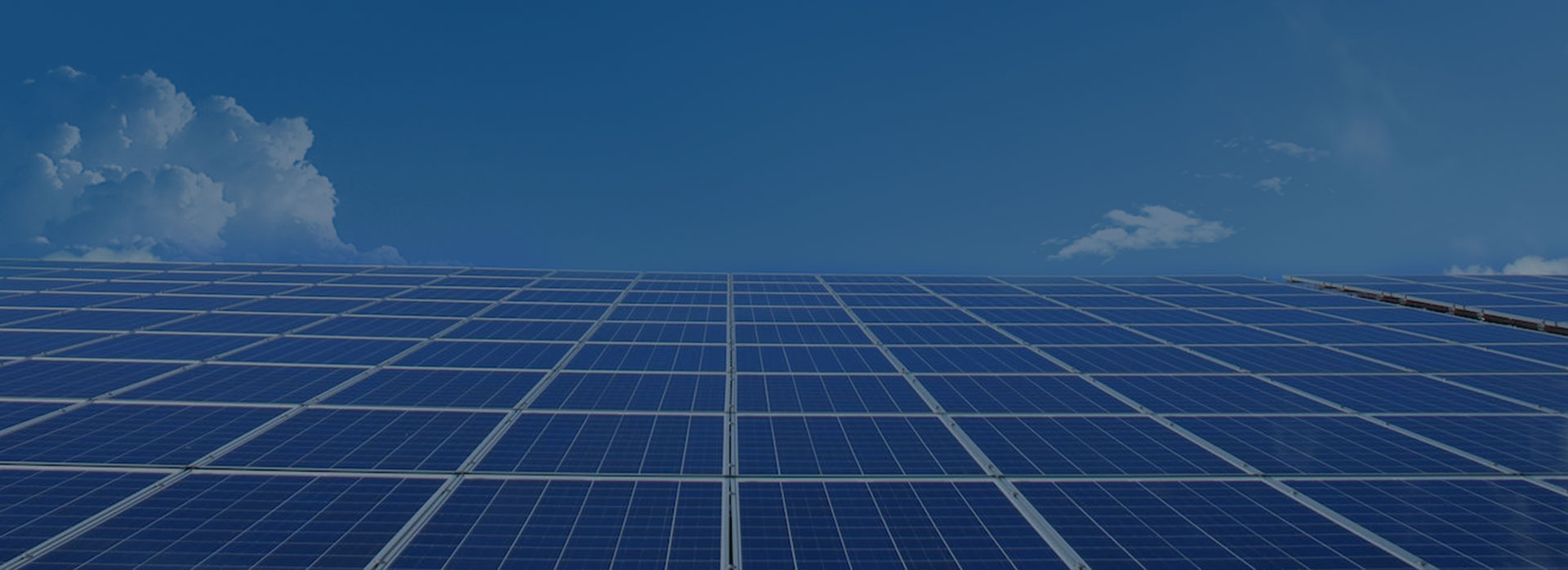The United States confronts a formidable energy risk as it grapples with China's overwhelming dominance in solar panel production. Fifteen years ago, China exceeded the U.S. in production by sixfold; today, the gap has expanded to a staggering 70 times. This immense production capacity empowers China to install more than half of the world's new solar panels, underscoring concerns about the U.S.'s reliance on foreign-made solar capacity, often sourced from China.

China's supremacy in solar technology is of paramount significance as solar energy positions itself to be the primary force in renewables by the decade's end. Acknowledging this vulnerability, the U.S. is now compelled to formulate strategies to address it. While the U.S. sporadically invested in solar manufacturing, China committed comprehensively, even in the face of daunting challenges.
To counter this, the U.S. is making substantial investments, amounting to billions, to re-enter the solar manufacturing arena. This strategic move is pivotal amid the accelerating shift toward renewable energy. The urgency is underscored by the tangible impacts of climate change, exemplified by the record-breaking heat of the summer of 2023. COP 28 underscores the imperative for a tripling of renewables by the decade's end, with solar projected to surpass onshore and offshore wind capacity by 2030.
Unlike other renewable sources, solar energy boasts swift deployment and scalability, offering a rapid reduction in emissions—a critical need in the current climate crisis. To comprehend the intricacies of this pivotal technology in sustainable energy solutions, it is crucial to delve into the composition of solar panels, with silicon emerging as a key material.

Polysilicon, derived from sand, serves as the foundational element for solar modules but demands energy-intensive refinement. China's dominant position, commanding 89% of the global solar-grade polysilicon market, marks a transformative shift from two decades ago. China strategically transitioned from being a polysilicon importer to emerging as a dominant global supplier, underscoring intentional efforts to establish itself as an industry powerhouse.
Since 2004, China has adopted a strategic approach, bolstered by governmental support, propelling innovation, cost reduction, and achieving unparalleled manufacturing scale. This, coupled with market-driven ambition, enabled China to outpace competitors post-2008 when global manufacturing capacity surpassed demand. The U.S. and other nations underestimated the swift integration of solar energy, missing opportunities amid China's transformative phase.
The initial pioneers in the solar industry, such as SolarWorld, faced fierce competition and succumbed to the demanding business landscape in the U.S. China's strategic approach, addressing both supply and demand, involved enticing offers for manufacturing facilities and stimulating domestic demand. This dual-pronged strategy cultivated a robust domestic market and contributed significantly to China's energy independence.
China's influence has reshaped the solar landscape into a major global industry, surpassing expectations with substantial cost reductions. Anticipated solar capacity additions for the current year, totaling 392 gigawatts, highlight an extraordinary solar boom, with over half slated for installation in China. The U.S., sidelined in this expansion, grapples with debates about the risks associated with heavy reliance on China for crucial components.

The Inflation Reduction Act allocates a significant $7 billion to support both the supply side and demand side for solar projects. As COP 28 concludes, solar energy gains increased prominence globally. The optimal strategy for the U.S. involves unwavering support for domestic manufacturing, ensuring control over supply chains. Despite potential higher costs, this approach prioritizes resilience and security, aligning with China's steadfast dedication to solar technology. The lesson learned underscores the necessity for the U.S. to demonstrate enduring commitment for global success in solar advancement.











